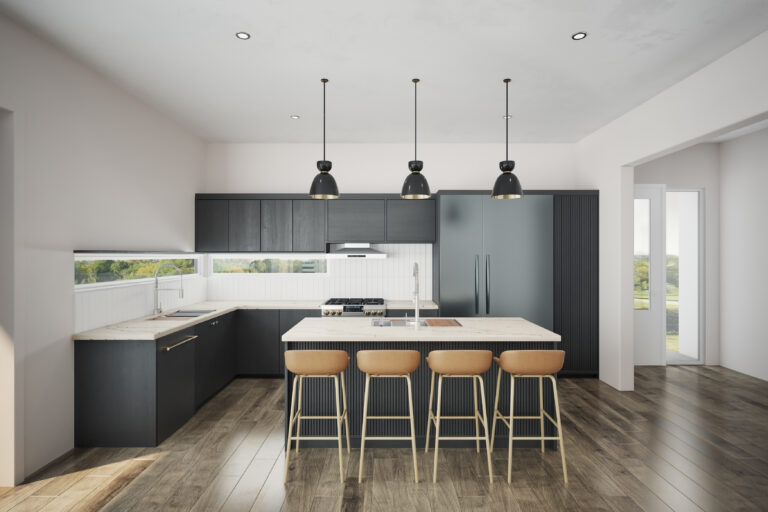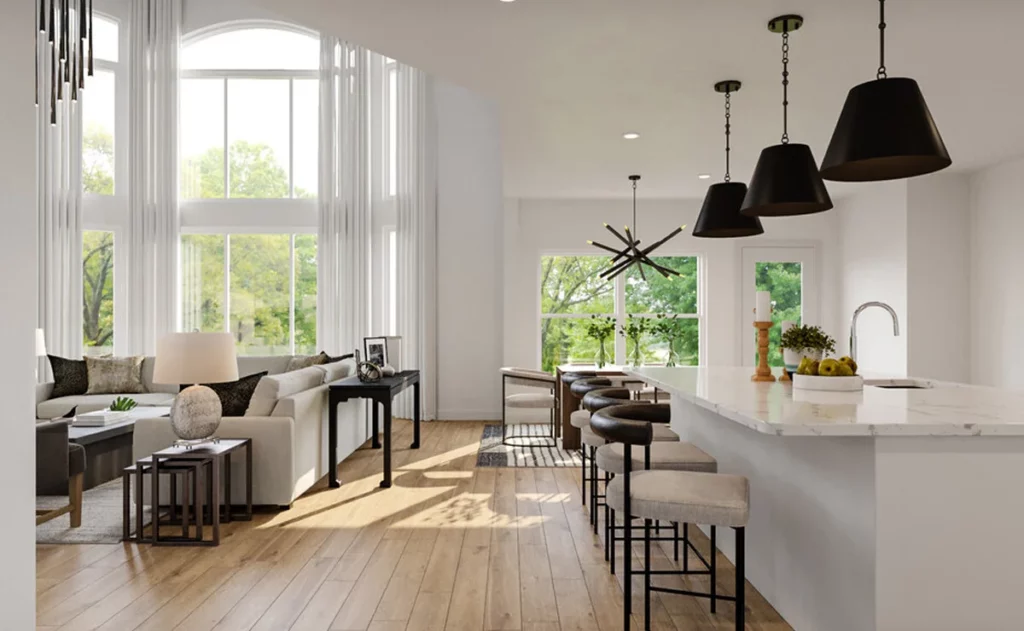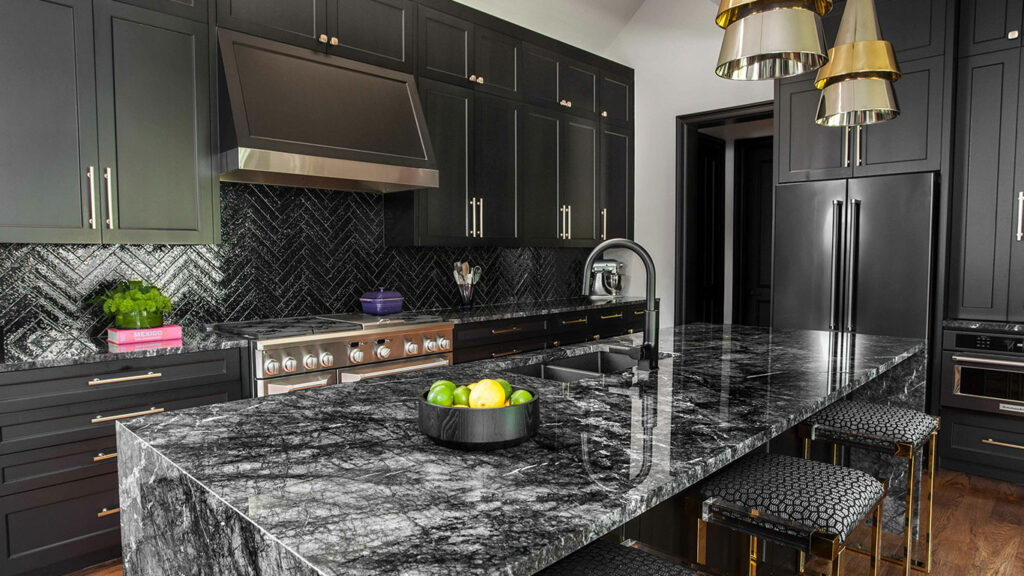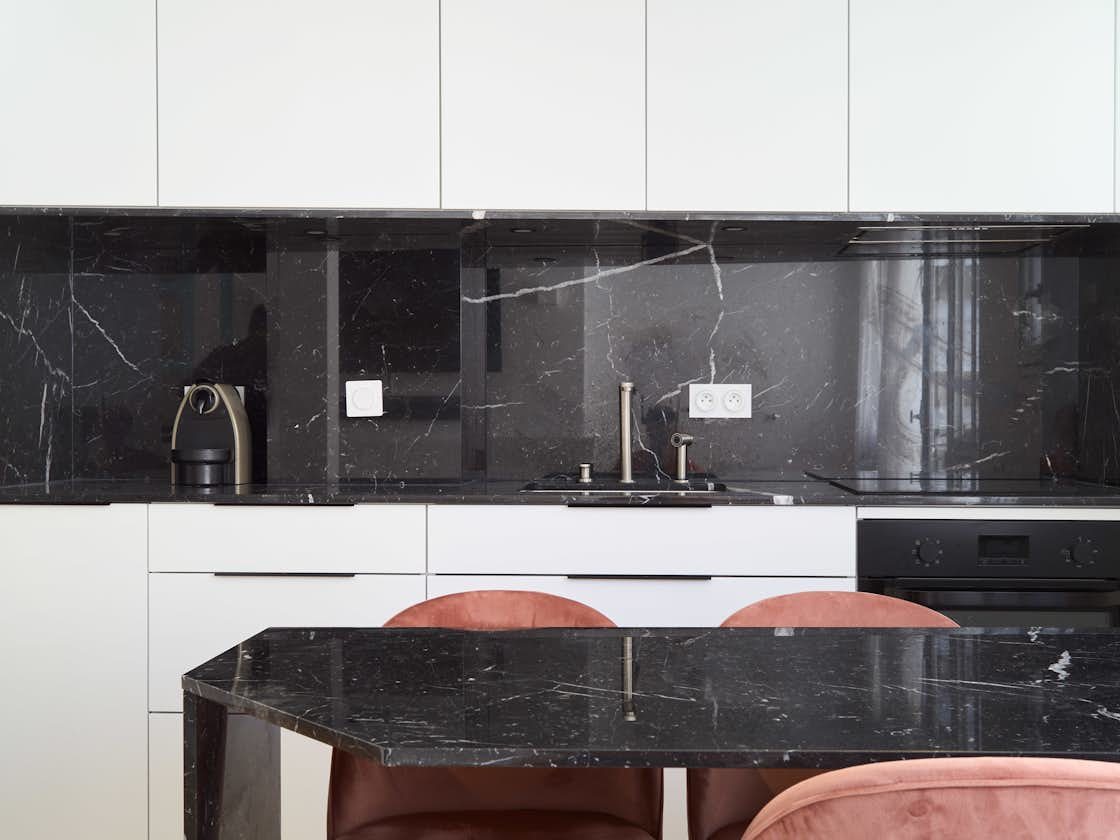As an interior photographer, I have always been drawn to minimalistic black and white design. There is something so simple yet sophisticated about it – no matter if it’s shooting a little coffee shop on the corner of a city block or capturing the details of someone’s home. From lines and shapes to textures and shadows – there are countless possibilities when working with this style of shooting. As I look back at all my projects over the course of my career, those that stick out in my mind for their timeless beauty are the ones where I went down the minimalist route with both color (or lack thereof) and design elements. And this blog post shares some tips and tricks from my own experiences as well as examples from great artists who specialize in black & white photography for interiors.
Creating Contrast Through Lighting

When it comes to black and white photography for interiors, the most important element is light. Especially when you trying capture interior of a black kitchen (Japanese: キッチン 黒). By accentuating the contrast between shadows and light, you can create a dramatic effect. You can either use natural or artificial lighting, but I always prefer natural light as it creates a softer look. For example, if you’re shooting in a room with a lot of windows, you can use the sunlight to create interesting shadows and highlights. You can also open curtains and blinds to let more light into the space. Additionally, I like to use reflectors and diffusers to help shape and control the light as needed.
You want to make sure that light is focused on certain areas of the room while other areas remain in shadow. This creates a stark contrast between light and dark, which helps to highlight certain elements of the room while creating atmosphere in others. If possible, try to use natural lighting as much as you can as it will help create an airy feeling in your photos. However, if this isn’t possible, artificial lighting can also be used to achieve the desired effect.
Emphasizing Simplicity and Minimalism

At its core, minimalistic design is about simplicity. By focusing on lines, shapes, textures and shadows, you can create a beautiful image with just a few elements. It’s important to remember that less is more in this kind of photography – the goal is to create an image that is pared-down and free of clutter. You can play with the placement and arrangement of furniture, as well as incorporate accessories to add interest.
It’s also important to pay attention to the color palette when shooting in black & white. Selecting a few colors – such as black, white, and grey – helps create a unified look and makes it easier to create a cohesive photo. It also helps to stick with clean lines and simple shapes – this will help emphasize the minimalistic feeling of the photo.
After all, less is more when it comes to creating beautiful shots! When composing your shot, eliminate any elements that don’t contribute to the overall image. This could mean removing items from shelves or rearranging furniture so that it doesn’t take away from the main subject of the photo—be creative! Additionally, consider using wide-angle lenses as they will help capture more detail in each shot without making it appear cluttered or busy.
Choosing Your Subject Matter

When shooting black and white photography for interiors, it’s important to choose your subject matter wisely. Focus on interesting features such as architectural details, artwork or furniture pieces that will stand out in the image. You can also focus on subtle elements like light fixtures and window treatments – these will help create a sense of depth and atmosphere in each shot. Using a variety of angles – such as close-ups and wide shots – can also help to emphasize the details in each image.
When shooting minimalist photos for interiors, you could choose to focus on a particular feature such as an artwork or furniture piece; alternatively, you could choose a patterned wall or flooring for added visual interest in your shot. Whatever subject matter you decide on, make sure that it stands out from its surroundings by either providing contrast or highlighting its unique qualities through texture or color.

Black and white minimalistic interior photography can be incredibly rewarding when done correctly! By creating contrast through lighting and emphasizing simplicity when composing each shot, you can create stunningly beautiful images that draw viewers’ eyes right into them. Additionally, choosing an interesting subject matter is essential for adding visual interest to each shot—the possibilities are endless! So why not give minimalistic interior photography a go? Who knows what kind of amazing shots you might capture?

